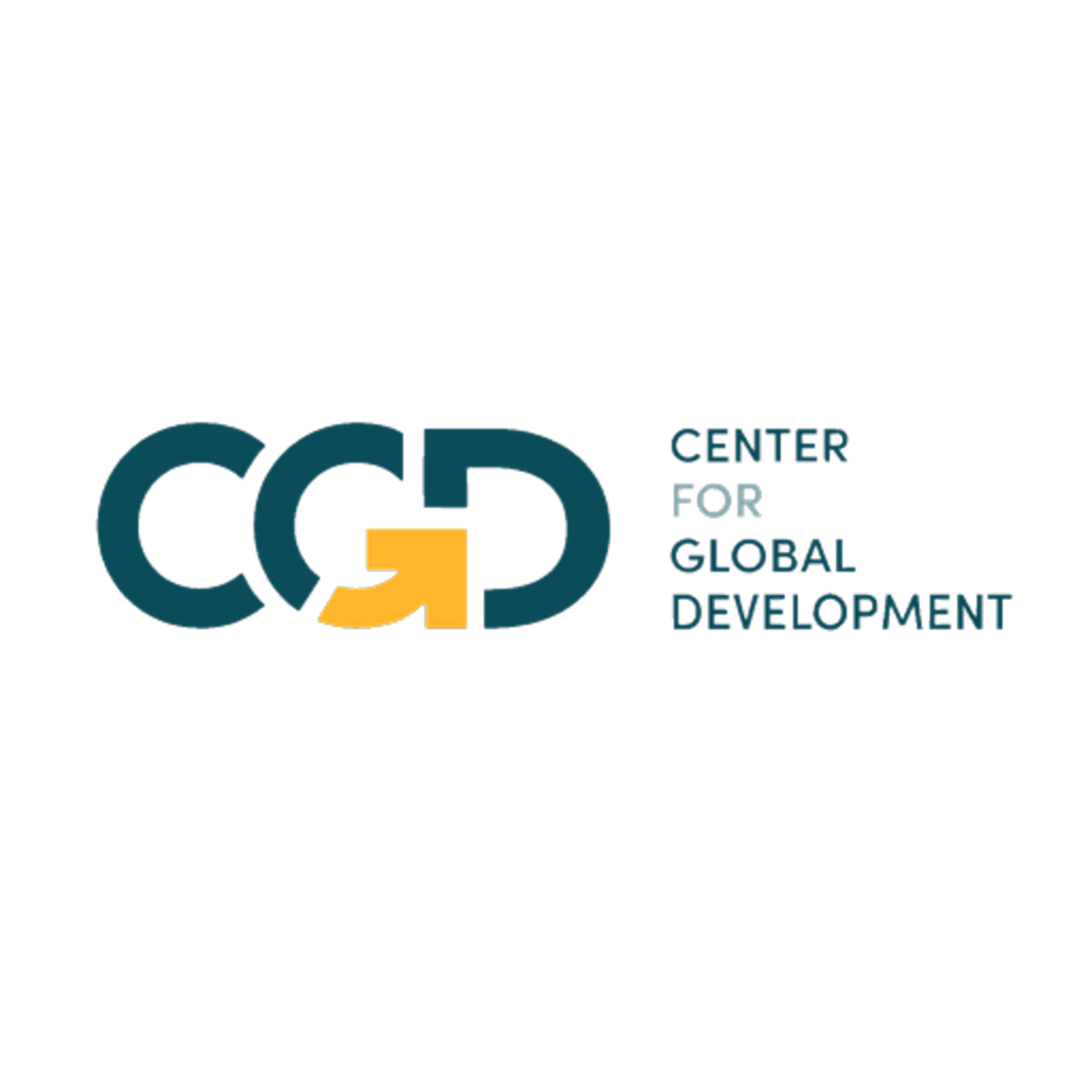Rakan Aboneaaj, Azusa Sato, and Scott Morris
When sudden shocks like the COVID-19 pandemic cripple an economy’s ability to rapidly raise revenue and reallocate limited resources, multilateral development banks (MDBs) can lead the crisis response. MDBs provide a range of instruments that support countries in different ways and at different periods of crisis. A major factor in the success of these instruments is their speed—how quickly do they get funds to where they are needed after a crisis strikes?
In a new note, we look at two key measures—relative disbursement rate and response time—to review the performance of the crisis-response instruments of the Asian Development Bank (ADB) and the World Bank, and compare them to the performance of more commonly used, non-crisis specific instruments. We find that across both categories and institutions, preparation is key: the fastest projects have advanced-design elements and policy conditions that are met prior to approval.
The ADB and the World Bank both make the quickest disbursements, whether crisis-specific or not, primarily in the form of budget support. Relative disbursement rate, which tracks the relative rate at which a given commitment disburses, was highest for program and policy-based lending (PBL) instruments at ADB, and for Development Policy Loans (DPLs) at the World Bank (all of which are essentially conditioned budget support).
At ADB, PBLs and Program instruments even outpaced the specially designed modality for COVID-19, the CPRO modality. The quick disbursement of these instruments is unsurprising, since the conditions of disbursement (fulfillment of specific policy actions) are designated prior to approval and in some cases are already fulfilled upon approval. This means large amounts can be disbursed immediately once approved. We confirmed this result for ADB projects by identifying a specific subset of ADB operations that had already been approved or were underway, which we refer to collectively as “continued” operations. When looking at the speed of response for continued versus non-continued projects, we found the “continued” subset of ADB projects to be consistently faster disbursing than the non-continued sample across all years.
While the relative disbursement rate metric was useful in assessing disbursement speed of most instruments offered by ADB and the World Bank, the metric is less useful when considering contingent crisis-specific instruments: Contingent Disaster Financing (CDF) at ADB, and Catastrophe Deferred Drawdown Options (Cat-DDO) and Deferred Drawdown Options (DPL DDO) at the World Bank, which are approved in anticipation of, and much earlier than, the crisis dates that they presumably respond to. As a result, relative disbursement rates can make them appear slow. To assess the speed of these instruments more effectively, we used the “response time” measure. In addition, we subdivided our sample to get a sense of how the response time of COVID-19-related projects compared to response times in previous crises.
We found that, at ADB, COVID-19-related operations’ response time was significantly quicker than other crisis-response operations, by approximately six days on average. We attribute this pickup to three causes:
- Instruments used to respond to the COVID crisis, namely CPROs, had fewer processes to go through before approval. CPRO operations had no procurement plans, which many other modalities would have had to include.
- Given that countries were struck by the pandemic at different times and different intensities, some countries had advanced warning of the crisis before their population was infected. This allowed some countries and the ADB to prepare response packages before the “crisis date” used in our data set.
- Given the widespread medical nature and urgency of the pandemic, barriers to approval that may have existed for other crises that responded to more politically sensitive crises were absent. For the World Bank, we found that Cat-DDOs’ average response time hovers at approximately 29 days. Accounting for COVID-19 projects exclusively, this falls to around 21 days, again reflecting the urgency of the pandemic. We did not extend our analysis of response times to DPL DDOs, which, given their much more general disbursement criteria, are more challenging to study from the crisis-to-response framework with which we analyzed Cat-DDOs.
Our analysis suggests that to respond effectively to crises, preparation is key: disbursement speed is much faster where instruments have advanced-design elements and policy conditions are met prior to approval. At ADB, this result holds for “continued” operations such as subprograms and additional financing. At both the World Bank and the ADB, contingent crisis-specific instruments (Cat-DDO, DPL DDO, CDFs) take these dynamics into account, approving commitments and executing policy actions in anticipation of crises, rather than after they strike. Our analysis of response times for CDFs and Cat-DDO shows that during the COVID-19 crisis, these instruments performed especially well. However, while speed is a key element of instrument performance during crisis, our analysis stops short of looking at quality. Achieving quality results and desired outcomes in a time of crisis is challenging, and these factors deserve greater attention as MDBs seek to optimize crisis financing.
For more detail on our analysis and methodology, check out the note.

